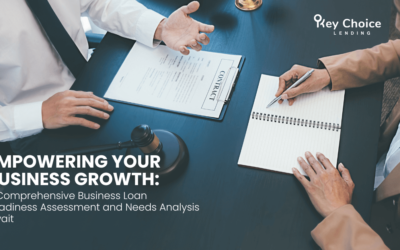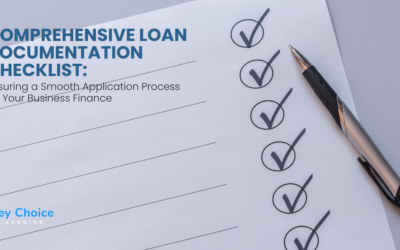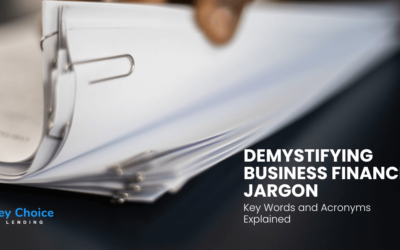Mastering Commercial Lending: Repayment Structures & Loan Terms

Mastering Commercial Lending: Understanding Repayment Structures and Loan Terms
In the realm of commercial lending, determining the repayment structure and loan term is a critical and intricate process. As borrowers seek financing for residential and commercial properties or business needs, negotiations with lenders revolve around aligning the loan term with asset benefits while ensuring prompt repayment and adhering to risk parameters. This guide sheds light on common repayment types, including Principal & Interest, Interest Only, and Interest Capitalization, providing valuable insights to make informed decisions and secure the best-suited financing options for different needs.
Repayment Structure
Determining the duration of a loan can be a complex task when structuring commercial lending. The loan term often becomes a focal point of negotiation between the lender and the borrower.
The bank aims to have a larger amount of money invested for a longer period, while also satisfying internal risk parameters and ensuring prompt repayment of the loan.
Loan Term Guide
| Residential Property | Up to 30 Years |
| Commercial Property | Up to 30 Years |
| Business Cash Flow- (GSA) | Up to 10 Years |
| Business Equipment | Up to 5 Years |
| Unsecured | Up to 5 Years |
Tip: The key is to align the loan term with the period in which the acquired assets generate maximum benefits.
Commercial Property and WALE (Weighted Average Lease Expiry)
When financing a commercial property with multiple tenancies, understanding the WALE, or Weighted Average Lease Expiry, is crucial. WALE measures the average time period until all leases in a commercial property expire.
It is an important metric for assessing the stability of rental income streams. Commercial property financiers commonly use WALE to determine the strength of the applicants and the loan term they will offer.
Three Common Repayment Types
Principal & Interest (P&I) – Principal and Interest (P&I) repayments are designed to fully repay the loan balance after a specified term (typically 15 years for commercial property).
The P&I repayment is an ongoing contractual agreement based on the outstanding loan limit (not the balance), the interest rate, and the remaining term. This repayment amount can vary over time due to fluctuations in interest rates.
Repayment conditions differ based on the type of facility, but generally, there is less flexibility compared to home loans.
Interest Only (IO) – Interest Only (IO) repayments do not include principal repayment for a specified period (usually up to 5 years). These loans typically carry higher interest rates.
In most cases, the maximum loan term for commercial loans is 15 years. Therefore, once the IO period ends, the remaining P&I term will be the total term minus the IO period. Consequently, borrowers often face higher residual repayments.
For example, if the loan term is 10 years with 5 years of interest only, the remaining term will be 5 years of P&I.
IO may be suitable for businesses aiming to preserve cash flow. However, Principal & Interest from the beginning can be preferable in many situations. The best choice ultimately depends on the opportunity cost of “saving,” and borrowers should consider this carefully.
Interest Capitalization (ICAP) Interest capitalization involves no repayment requirements until the end of the term. Instead, the bank adds interest charges to the loan balance over time.
Navigating the world of commercial lending requires a deep understanding of repayment structures and loan terms to ensure successful financial arrangements.
As borrowers seek financing for various needs, aligning the loan term with asset benefits and adhering to risk parameters becomes pivotal in negotiations with lenders.
Conclusion
This comprehensive guide has provided insights into common repayment types, such as Principal & Interest, Interest Only, and Interest Capitalization, empowering borrowers to make informed decisions and secure the most suitable financing options for their unique requirements.
By mastering these concepts, businesses, and individuals can forge strong financial foundations and seize opportunities for growth and success.
Booking a meeting with our team of experts is the next step towards securing the ideal commercial lending solution that aligns with your specific needs.
Disclaimer: The information provided in this blog is for educational purposes only and should not be considered financial advice. Always consult with a professional financial advisor or lender for specific lending decisions.







